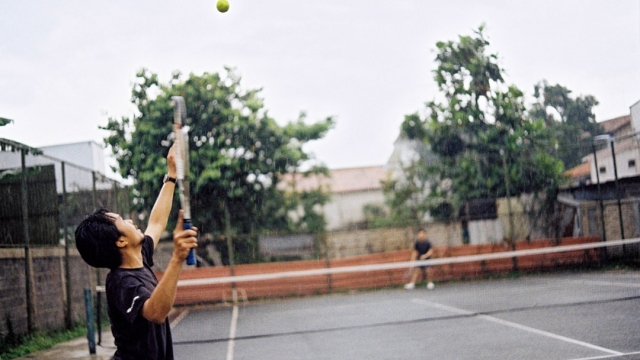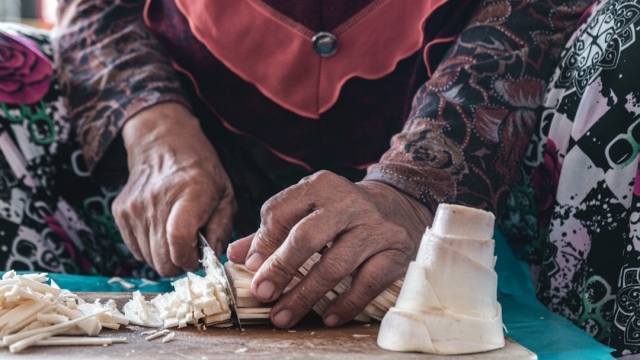Understanding Padel Court Features
Understanding Padel Court Features
Padel is a dynamic and engaging racquet sport that has gained substantial popularity across various regions. Combining elements of tennis and squash, it is played on a smaller court enclosed by glass walls, making it suitable for players of all ages and skill levels. As interest in this sport continues to grow, so does the need for well-designed facilities. Understanding the essential features of a padel court is crucial for anyone considering building, using, or simply appreciating the game. This article provides an in-depth look at the dimensions, surface materials, lighting, and spectator areas that define a quality padel court.
Dimensions and Layout of Padel Courts
The dimensions of a standard padel court are one of its defining features. A typical court measures 20 meters in length and 10 meters in width, creating a space that is smaller than a tennis court but larger than a squash court. The court is divided into two equal halves by a net that stands 88 centimeters high at the center. Moreover, the layout includes service boxes and a back wall that is often made of glass. The service boxes are each 3 meters wide and extend 4 meters into the court from the net. These dimensions are designed to facilitate both singles and doubles play, which is the most common format. The enclosed structure of the court, combined with its dimensions, allows for a unique style of play that incorporates both quick reflexes and strategic shot placement.
Surface Materials and Their Benefits
The surface material of a padel court is a critical feature that influences gameplay, safety, and maintenance. Common materials include artificial grass, concrete, and wood. Each option has its own set of advantages. Artificial grass is the most popular choice for outdoor courts. It provides excellent traction and a consistent playing surface, reducing the risk of injuries. It is also easier to maintain compared to natural grass, requiring less watering and care. Additionally, high-quality synthetic turf offers good shock absorption, which enhances player comfort. Concrete surfaces, often used for indoor courts, are known for their durability and low maintenance requirements. While they may not provide the same level of shock absorption as artificial grass, they offer a consistent bounce that many players appreciate. The choice of surface can significantly affect the speed of play, with some materials allowing for faster rallies and others promoting longer rallies. Wooden surfaces, typically found in indoor facilities, provide a warm feel and excellent grip. They are less common for outdoor use due to weather susceptibility but can create a distinct playing experience indoors.
Lighting and Spectator Areas
Proper lighting is another essential feature of a well-designed padel court. Adequate lighting ensures that players can see the ball clearly, regardless of external conditions. The ideal lighting system will include overhead fixtures that provide uniform brightness across the entire court. It is important to minimize shadows and glare to enhance visibility and safety for both players and spectators. When considering spectator areas, it’s important to create comfortable viewing spaces that enhance the overall experience of attending a match. Spectator areas can range from simple benches to more elaborate seating arrangements, depending on the scale of the facility. Having a clear view of the court is essential, and seating should be positioned to ensure that spectators can follow the action without obstruction. In addition to seating, incorporating amenities such as concession stands, restrooms, and shade can further enhance the spectator experience. These features not only cater to the audience but also contribute to the overall atmosphere of the facility, making it inviting for both players and fans.
Conclusion
Understanding the various padel court features is essential for anyone involved in the sport, whether you are a player, builder, or enthusiast. From the dimensions and layout to the choice of surface materials, lighting solutions, and spectator accommodations, each aspect plays a significant role in the overall functionality and enjoyment of the game. By paying attention to these details, builders and facility operators can create an environment that fosters the growth and enjoyment of padel for all participants. For more comprehensive insights into padel court features, consider exploring additional resources available at [Mondo Padel](http://www.mondopadel.com).



